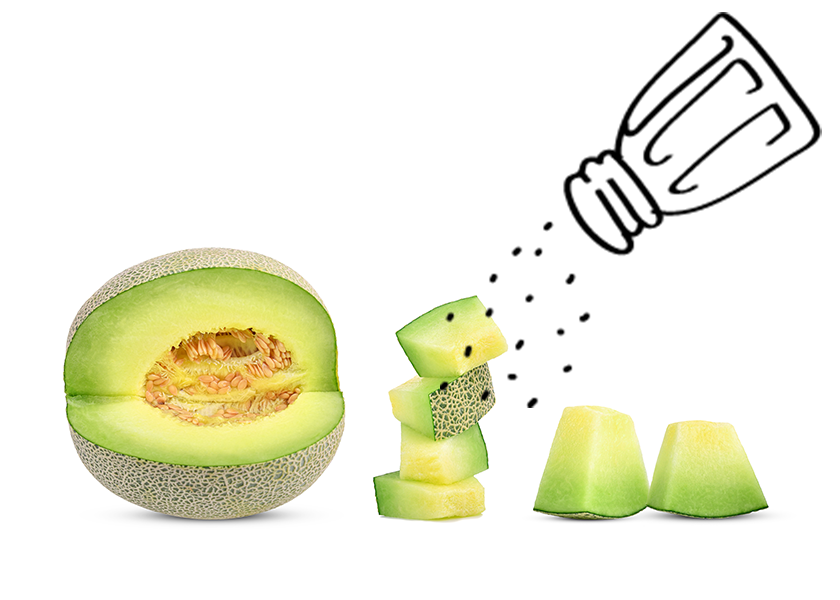They did what to their melons? Learning from an old family-favorite technique

Editor's note: This article is from a digital edition of PMG magazine. You can read all the issues here, cover to cover.
When I think of my own personal connection to melons, it’s intrinsically tied to my summers with Nana and Pop in Eastern Shore, Md.
This was back in the 1980s, when I was in elementary school. (Yes, do the math; I’m cool with it). I remember the mustard-yellow laminate flooring under the kitchen table, where I sat watching my grandmother sweat at the stove, crafting her yellow summer squash pie, cooking up her blueberry cobbler and canning pickles and beets, just as my mother must’ve watched when she was my age.
My grandparents were part of the Greatest Generation. They had a victory garden shared with the two next-door neighbors, with about six rows of corn, lima beans, string beans, cabbage, fruit trees and, yes, melons.
We always had cantaloupe. Pop would tap it and smell the melon’s belly button to check for ripeness. Nana would slice it in half, scoop out the seeds and messy gunk, and then slice wedges like thin moons. The three of us tackled our semicircle cantaloupe servings by gliding and scooping out bites with our spoons.
Learn on PMG: Melons
But Nana did something that flummoxed me: She sprinkled salt on her cantaloupe. As an 8-year-old, I thought salting your cantaloupe was absurd and gross. She couldn’t convince me otherwise. I mean, salty fruit!? Ewww.
Thirty years later, as an established food writer, I learned to open my mind to different ways of doing things in the kitchen. So, I retested (or possibly tested for the first time, actually) this summer-fruit salting practice.
Huh.
Turns out, salting cantaloupe and watermelon doesn’t make it taste salty. It enhances the mild fruit’s sweetness. And Southern Living magazine corroborated these findings, saying it’s a common technique for enjoying subtly sweet fruit, but not great for cloying fruit.
Who knew?
They did.
Note: As always, these kinds of tips and tricks can be helpful nuggets of information on point-of-sale signage, in-store and online, as well as on your company’s social media platforms.







